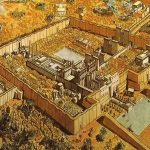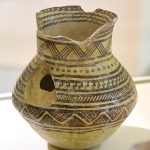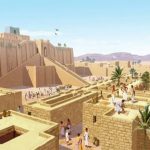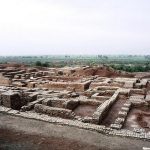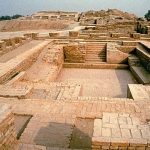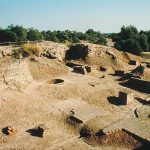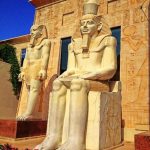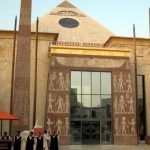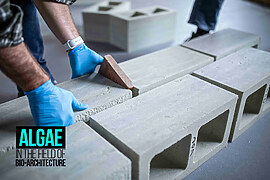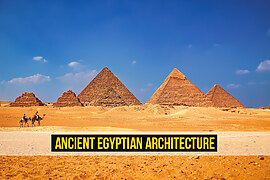Old Civilizations, Evolution… Like a flower that evolves into a tasty fruit, we humans have a lifestyle that evolved from our ancestors. Some things we learn are examples of good practices, and some are bad practices that should be avoided. Our ancestors from our oldest civilization have invented many things that have become very basic in our lives. The few oldest civilizations are Mesopotamia civilization, Egypt civilization and Indus Valley civilization. Later. Greek civilization and Roman civilizations were developed. One of the primary reasons for these developments is water. A group of people came together as a community and formed a city. And that’s how civilizations started to develop. The invention and development occurred due to the people’s needs and demands, which we still use in many ways.
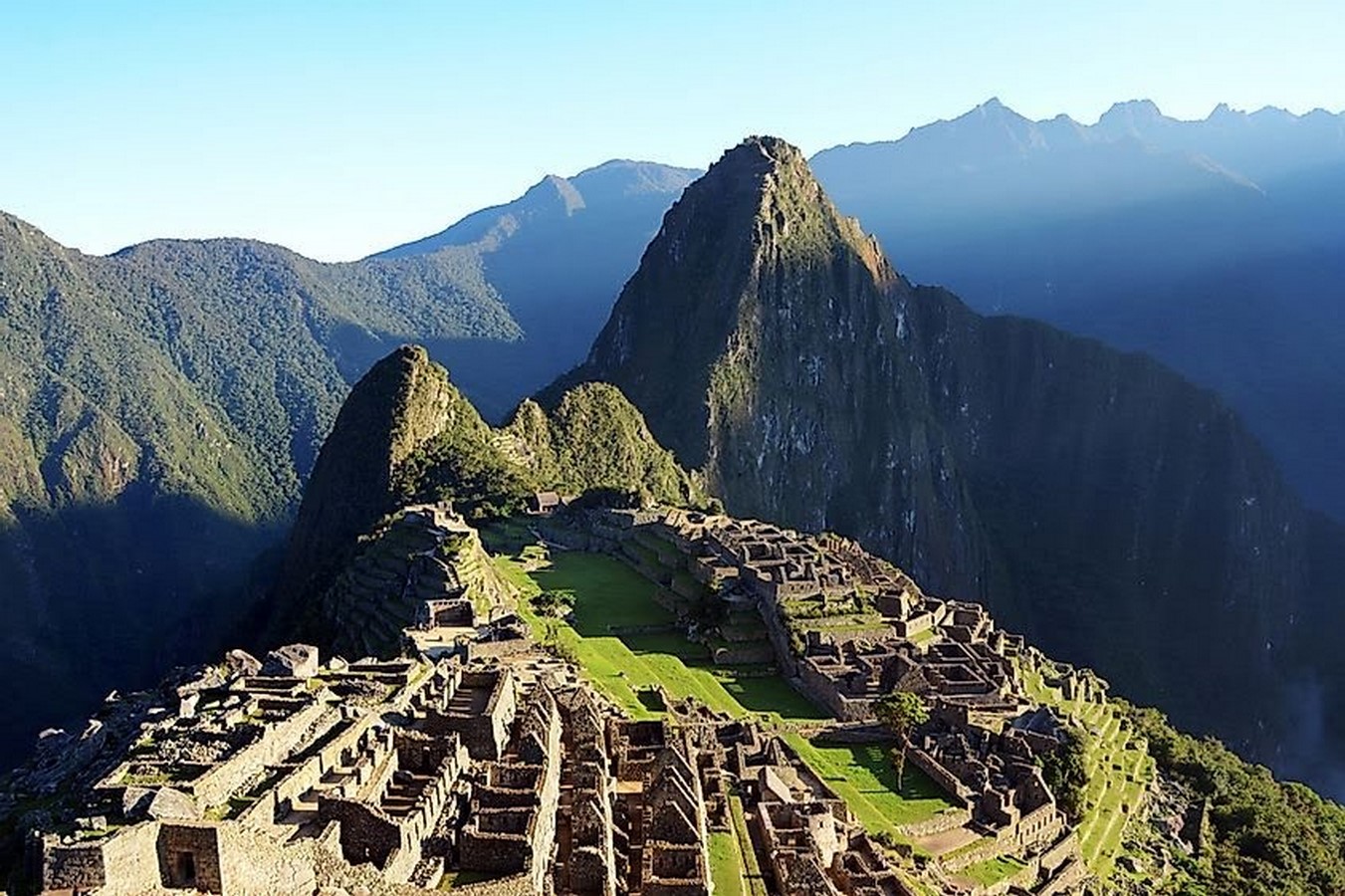
Mesopotamian Civilization
Mesopotamians invented many things that we use even today but do not know about it. Most things were created during the Early Dynastic Period or developed from the Uruk period. The civilization seems to have existed around 6,500BCE – 539BCE. During this period, they invented many things related to architecture, such as Mass-produced ceramics, Mass-produced bricks, cities and maps. These mass-produced ceramics were used as a fashion (interior decorative materials) that was both functional and aesthetic. Mass-production of bricks is yet another very basic invention in our lives. In the early time, each labour could only produce one brick at a time. When the demand for more bricks increased, they invented moulds where one labour can produce ten bricks in the place of one.
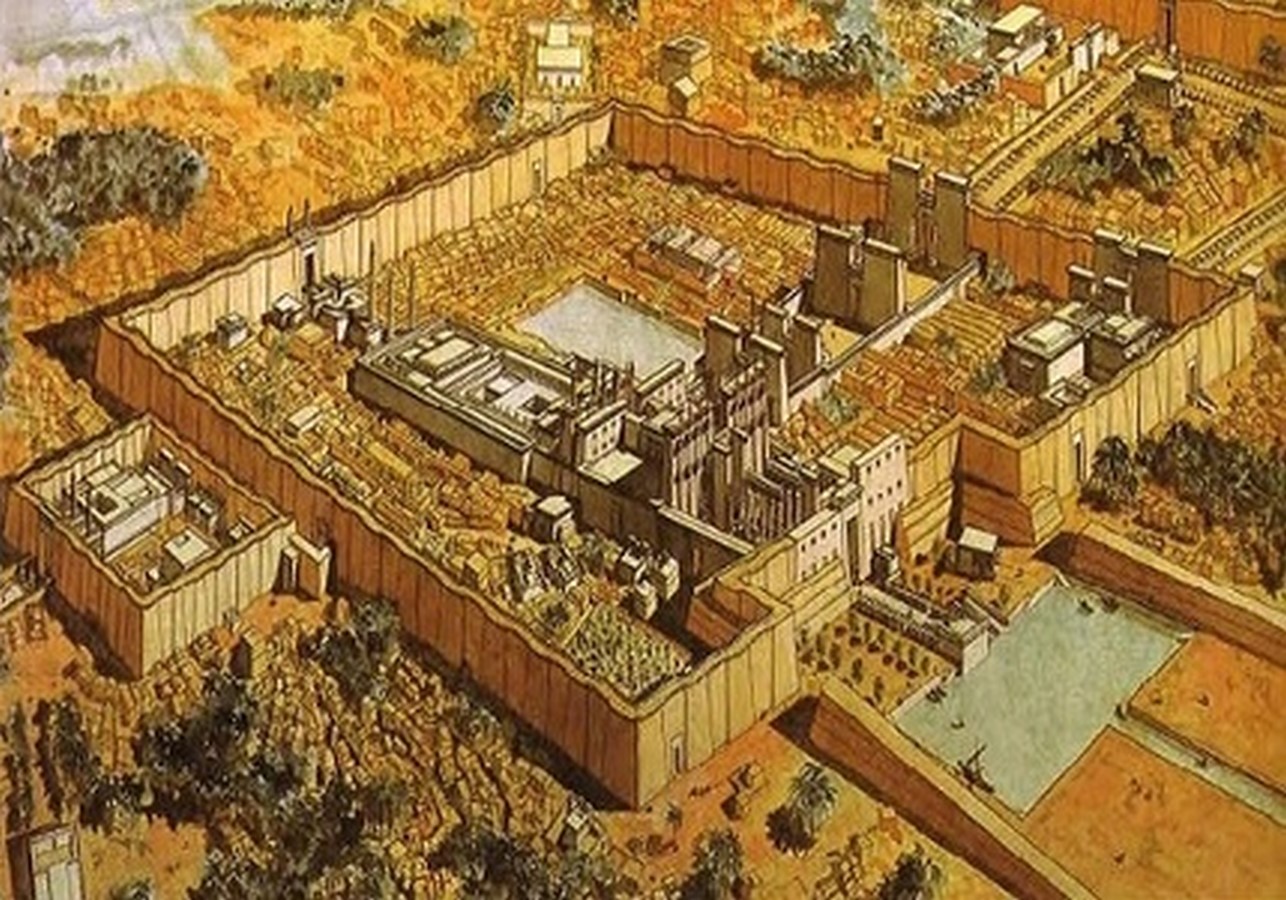
The clay in the bricks was tempered with sand and straw or chaff for durability which we also use in the present day as Vernacular Architecture, mud-brick construction and so on. The first school was invented in this period. The formation of cities appeared during the Uruk period when they started constructing walls around their cities. This development started when the people began to settle in one place. They divided the areas into rural and urban. The area outside the wall was considered rural and the area inside the wall was considered an urban area. Agriculture and other activities that need large space were outside the walls and other things like trading, market and storage were inside the wall. This wall has now become very common that it is in every house marking its territory.
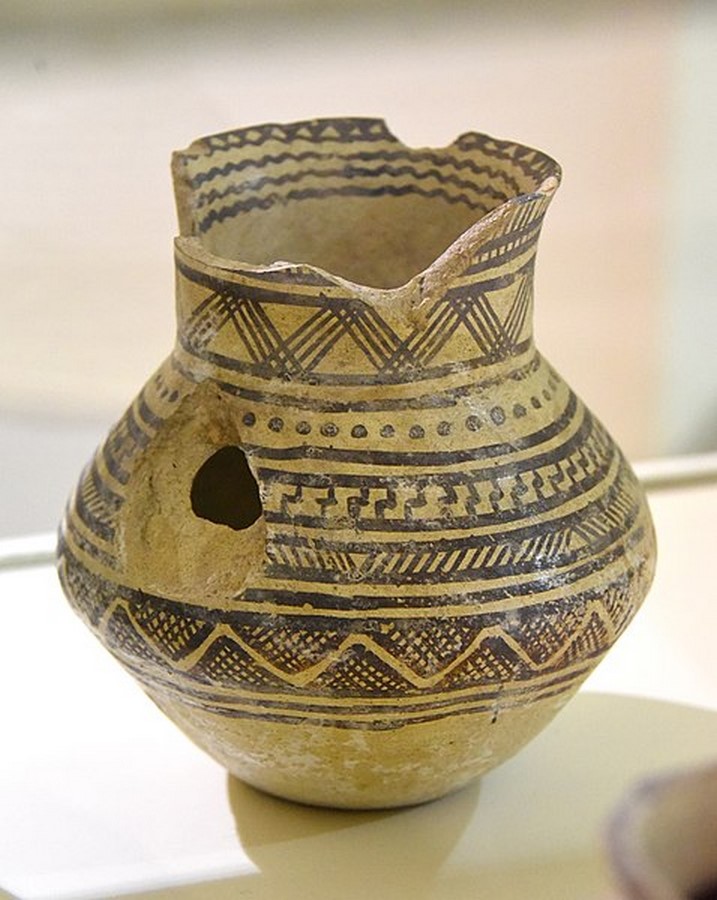
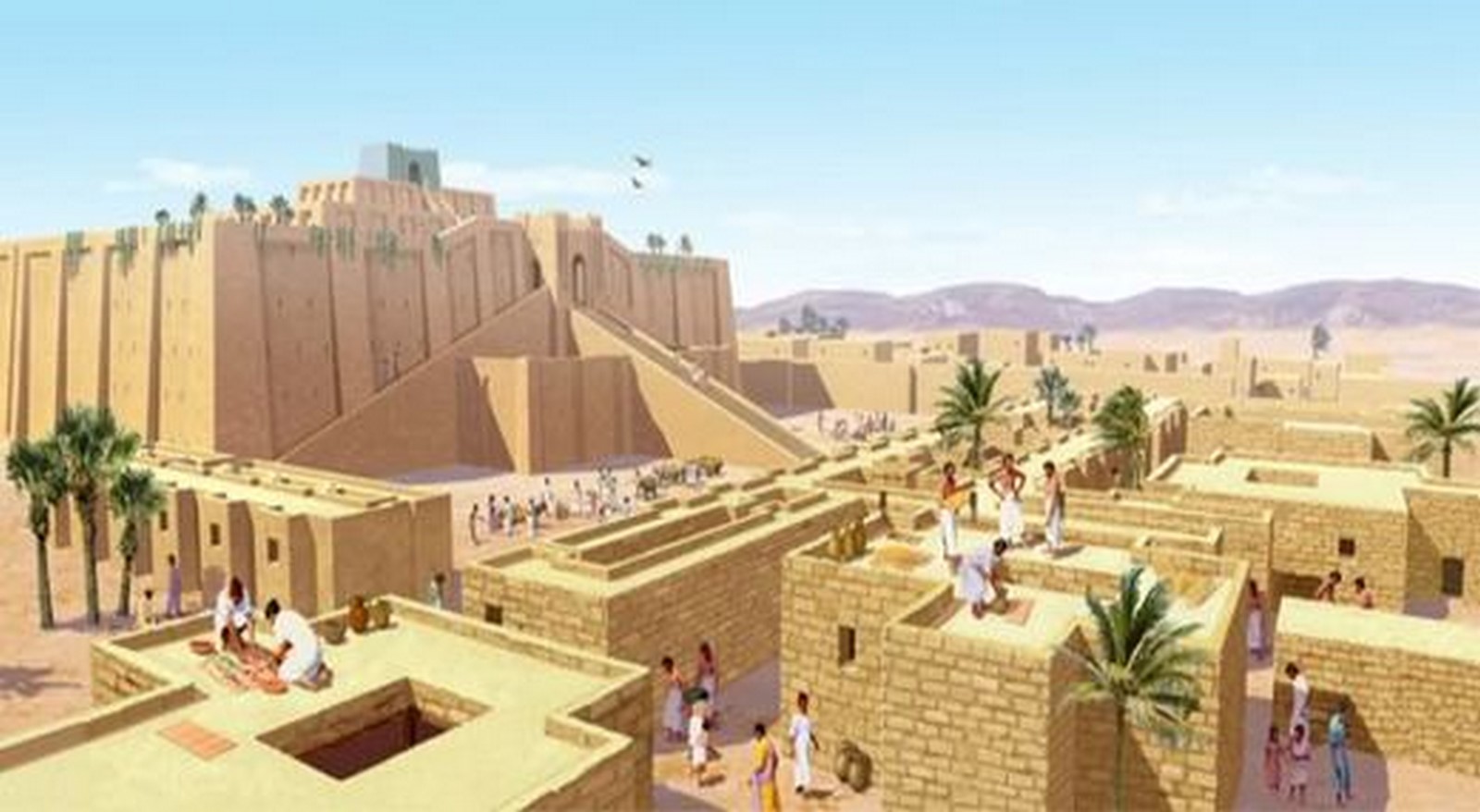
Indus Valley Civilization
The Indus Valley Civilization is said to have begun during 3300BCE and ended around 1300BCE. This civilization was otherwise known as The Harappan Civilization. The architectural features were mainly seen in the Moenjodaro and Harappa. They had three basic characteristics – uniformity, regularity and bearing a primary and paramount stage of civilised planning. The city was divided into three parts according to their usage – Upper town, Middle town and Lower town. The upper town consists of Citadel and bailey. The middle town consists of a distinct street pattern, a large scale enclosure and ceremonial grounds. The lower town includes narrower streets, smaller enclosures and an industrial area. The planning was mainly on a grid pattern which helped them maintain a proper drainage system throughout the city.
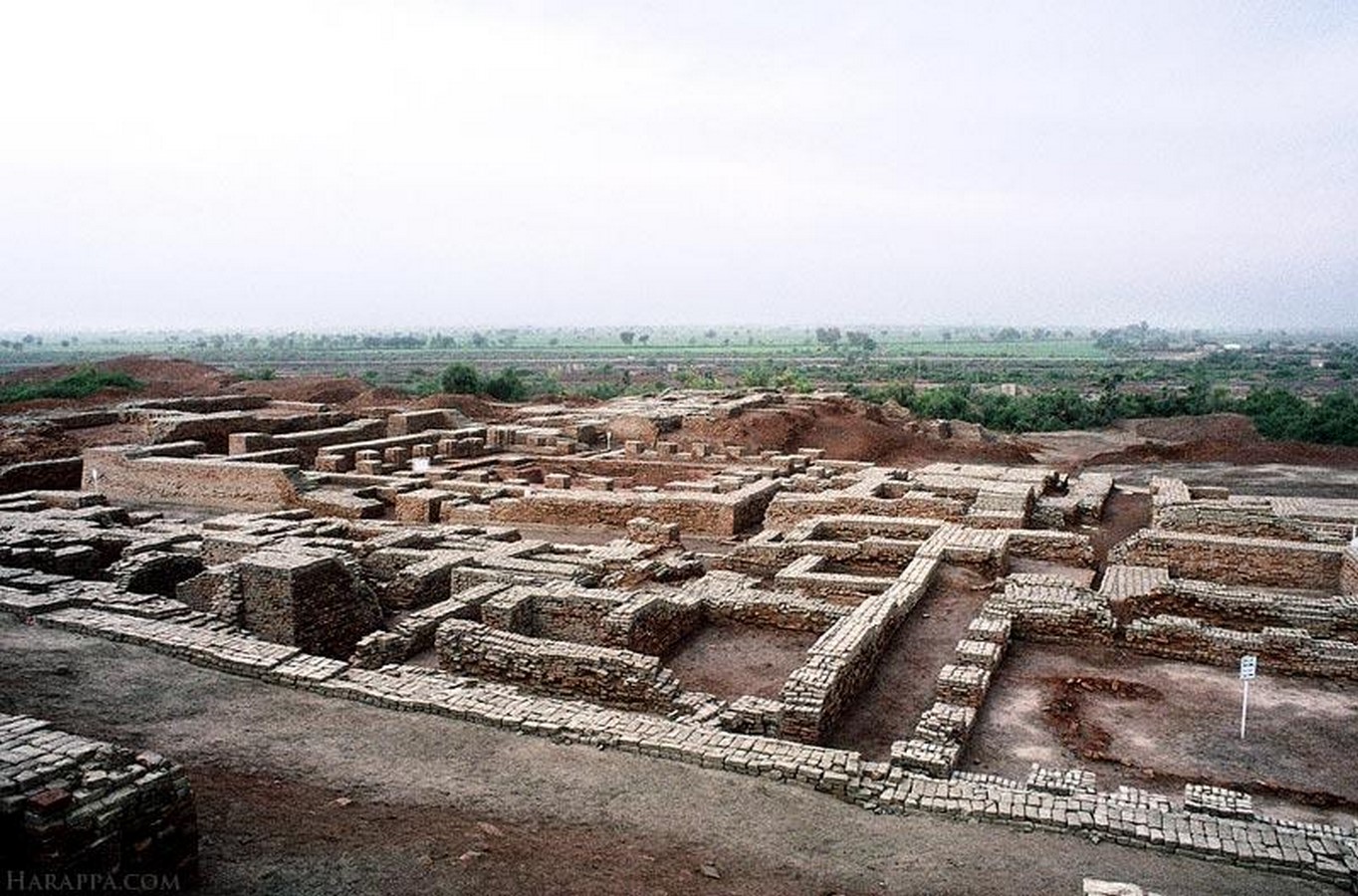
This civilization is one of the first to have toilets and running water in residential buildings in the world. The small drains coming from the house were connected to the big drains (main drains) in the streets. The drains were located on both sides of the road. The drains were covered by brick slabs or brick arches, they were kept loose for cleaning and repair. This simple drainage system is still followed in our present time. Another important feature of this civilization is The Great Bath. They are functional because there is no leakage or crack in them. It had stairs at the ends and also had changing room. The water outlet was located on the corner for drain purposes. This feature in the present can be seen as swimming pools. The warehouse that we use today for storage and other use was already used in this civilization. They were called Granary and they were mainly used to store grains. This Granary was divided into 27 compartments into three rows.
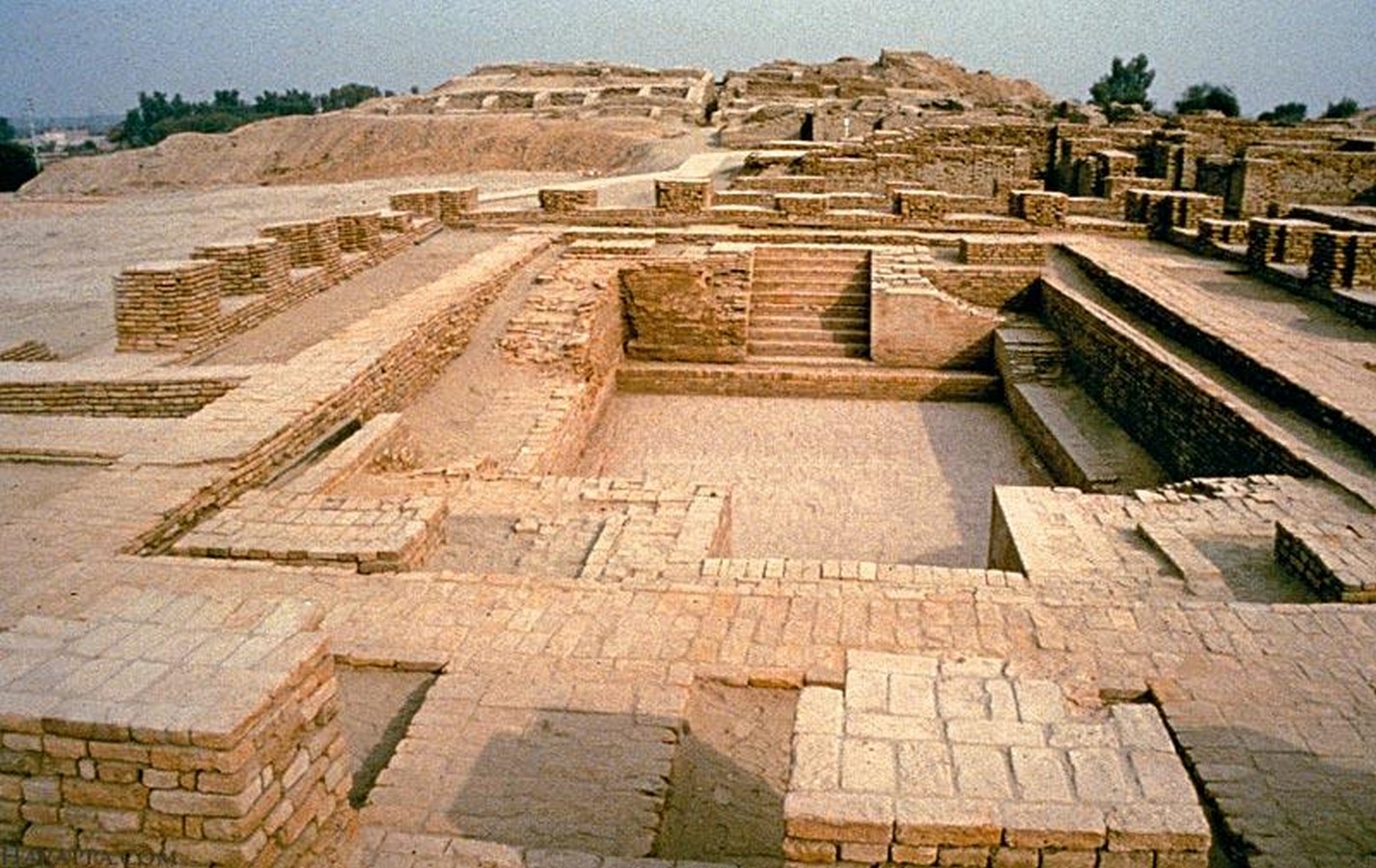
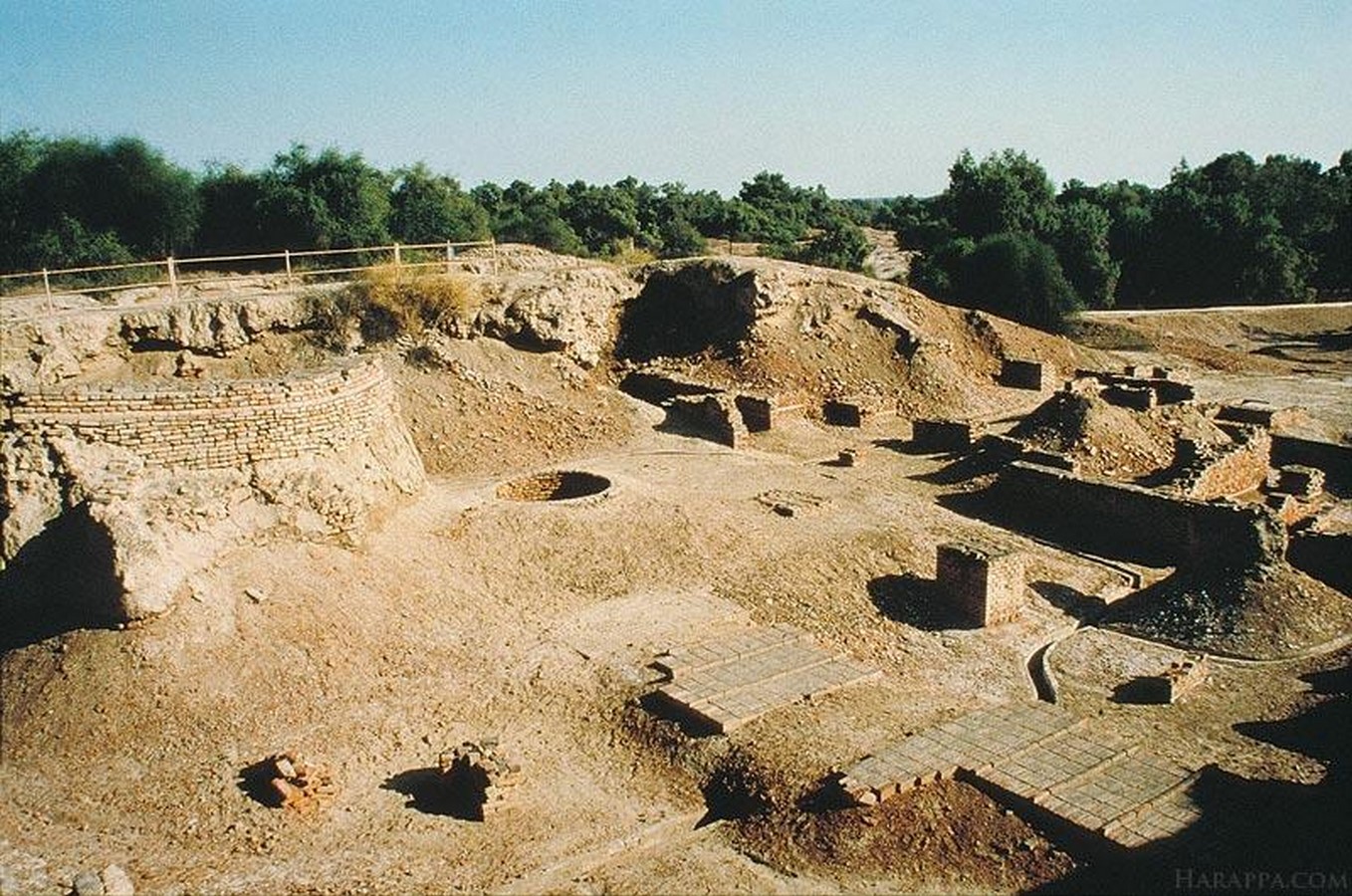
Egyptian Civilization
As Egypt is located in the desert region, The Nile River was the only source of water for the people located there. So the settlement was completely on the river shore which expanded till the delta of the river. Many important buildings such as the Sphinx, The Pyramid of Giza, Abydos Temple, Heliopolis and so on are still influential in present-day architecture. Due to the heat of the desert, the building had thick walls made of unbaked mud bricks or stones to prevent the heat from flowing inside. One such Egyptian inspired modern building is the Wafi City, Dubai, United Arab Emirates. This is a complex which contains nearly 200 shops, hotels, nightclubs and restaurants. It is mainly a commercial space with the enormous Pharaoh status to welcome the people. The walls are also carved with ancient Egyptian carvings which were also inspired by Egyptian architecture.
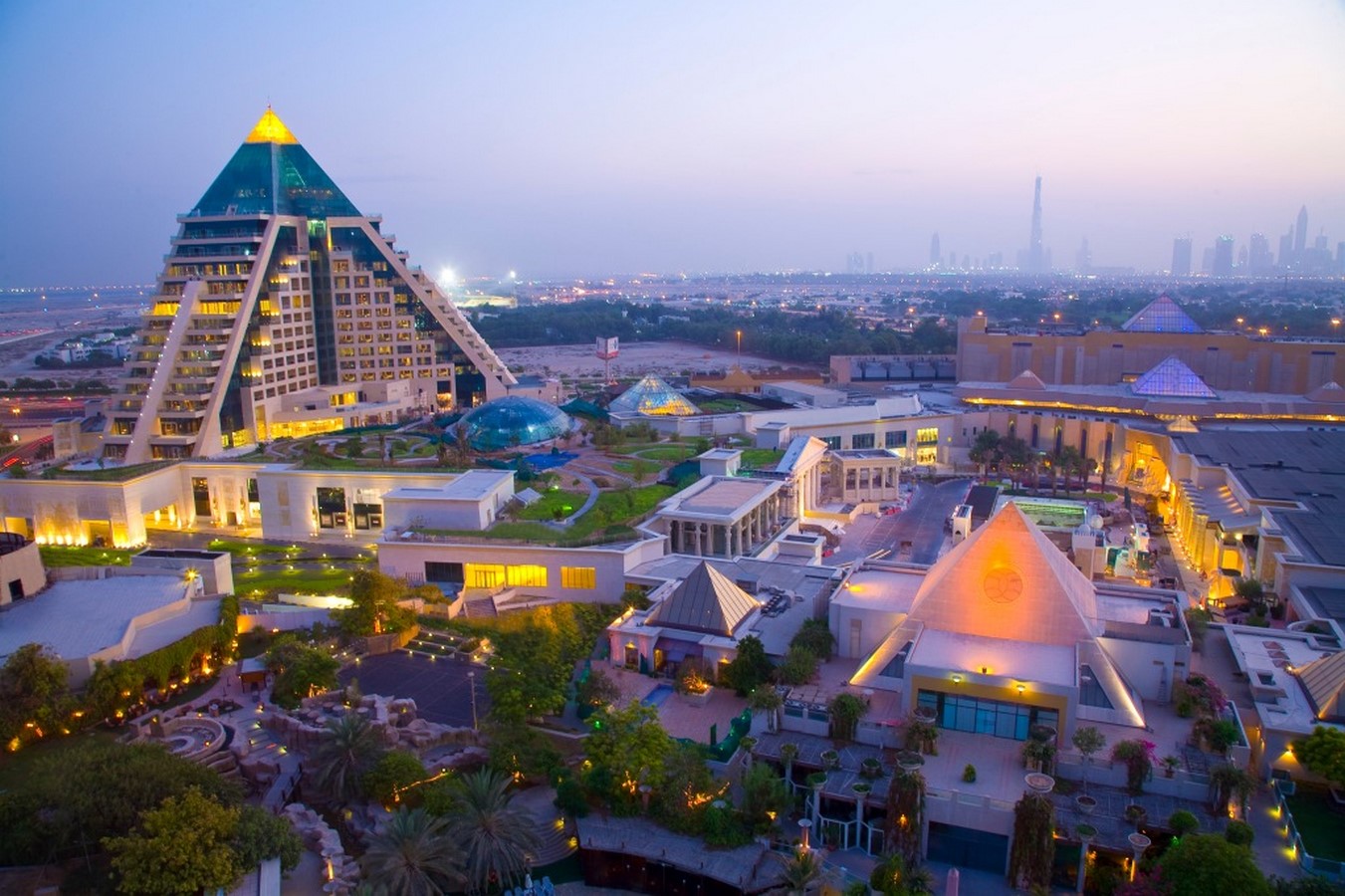


There might never be an end to learning from our history. Everything we do and see today will surely be associated with our old civilization which we might not know. Other civilizations have paved a way for us to enjoy this lifestyle. By not forgetting our old civilization’s merits and demerits we must create wonders in the world of Architecture. We must never consider classical architecture as obsolete but instead learn from it.
References:
- World History Encyclopedia. n.d. Mesopotamian Inventions. [online]
Available at: <https://www.worldhistory.org/article/1859/mesopotamian-inventions/> [Accessed 15 May 2022].
- Places To See In Your Lifetime. n.d. Top 10 Structures Inspired by Ancient Architecture – Places To See In Your Lifetime. [online]
Available at: <https://www.pandotrip.com/top-10-structures-inspired-by-ancient-architecture-20819/> [Accessed 15 May 2022].
- S3-us-west-2.amazonaws.com. n.d. [online]
Available at: <https://s3-us-west-2.amazonaws.com/visionresources/infographics/Indus-Valley-Architecture.pdf> [Accessed 15 May 2022].
- Story Of Pakistan. n.d. Indus Architecture | The architecture of Indus civilization that is mainly observable in Moenjodaro and Harappa had three basic characteristics. [online]
Available at: <https://storyofpakistan.com/indus-architecture/> [Accessed 15 May 2022].









